Něco na přeložení:
moc hezký
Pokračování:http://icmag.com/ic/showthread.php?t=97494&highlight=agar

moc hezký
No, I have not done this nor do I know a lot about it.
I've been meaning to post this up for a while, it's collected info from the net and hope it helps anyone interested in tissue culture and artificial seeds.
Micro cloning ie tissue culture is halfway to making the much coveted artificial seed. An artificial seed is basically a mini clone in a resin bead that can be stored, mailed etc. Although done with other plants, it has not been done with cannabis at a common level.


Chimera has done it. Thats the only person I know of.
artificial seeds would have some serious advantages - as far as storing parentals & mailing clones but their shelf life is currently limited, depending on encapsulation method - up to a year
Heres a link to what I am talking about: http://www.sp.edu.sg/schools/cls/bioline_08.htm
--------------
anyway, back to tissue culture - sterility is the most important factor
--------------heres a copy paste from another forum
Proper Auxin and Cytokinin concentrations need to be added to the mix during each stage.
Stage1--moderate levels of equaling auxin and cytokinin concentration--callus generation
Stage2--Transfer to media with incresed cytokinin concentration, and decreased auxin concentration to promote shoot formation.
Stage3--Transfer to media with incresed auxin concentration and decreased cytokinin concentration to promote root formation.
Stage4--Once roots are formed, the small plant is hardened off to lower and lower levels of humidity by letting the lid of the micro-propagation container open for longer and longer periods of time.
Stage5--Once the plant has hardened off to the dry atmosphere and can maintain osmotic balance, it is ready to transplant into soilless media. The amount of light must be monitored as well and a shade cloth may be needed for the first week.
Stage6--Once rooted in soilless media and after hardening off, the plant is ready for production. Small concentrations of fertilizer should be used initially, building up to the recommended rate.
**The most important thing in a successful tissue culture will be proper sterility of plant material, agar media, and the tools/person doing the transfers.
-
Ideally, the agar mix should be autoclaved for about 20-30 minutes to kill all pathogens. I have no idea if there is a way to autoclave in a conventional oven.... But if you do, be sure the glass container(s) with agar mix in them are not sealed tight because if they are they will likely burst with the increasing pressure inside from high temperatures.
Explants (plant tissue source) should be soaked in a 10% bleach-water solution for if I remember right about 2-3 minutes. The explant is then transfered into distilled water to rinse off.
All tools (tweezers) must be sterilized with ethanol (EtOH) and then quickly flamed at low heat to remove the ethanol.
Hands, arms, and everything on the working surface should be sprayed down with ethanol to prevent pathogen contamination in petri dishes.
If you somehow have access to a HEPA filtered bench hood setup, this will increase the chances for success without pathogen growth on the media.....
============
more info:
This write up is directly about Cannabis
http://www.ib.uj.edu.pl/abc/pdf/47_2/145-151.pdf
http://www.growingedge.com/magazine/back_issues/view_article.php3?AID=190326
http://www.quisqualis.com/tv03tc01p1.html
http://web.telia.com/~u11206828/emetodik.htm
==========
some more info
Contaminating can be contained to a minimum with proper procedures, keeping things isolated. You'll never get 100% sterile, but you can get close enough that you can be very productive.
The more levels of containment the better. I do my cultures in petri dishes. The cells are under the agar and the agar has antibacterial additives, that's level 1... Level 2 is the dish itself. When you're not working with it, it should be sealed with gause tape. Perti dishes go in a new ziplock baggy, level 3. Level 4 is your clean box...
I only open the clean box to add or remove things, and I do it through a two-step process, so I can maintain relative cleanliness... If a glove breaks on me, I throw out every dish that isn't sealed.
here's some great books, but they r pricey, I think when I can, I will seriously get into this but that probably won't be for quite a while

http://www.amazon.com/Tissue-Cultur...=sr_1_1?ie=UTF8&s=books&qid=1228648531&sr=8-1

http://www.amazon.com/gp/product/15...&pf_rd_t=101&pf_rd_p=463383351&pf_rd_i=507846

http://www.amazon.com/Plant-Propaga...=sr_1_4?ie=UTF8&s=books&qid=1228647736&sr=8-4
here's a video of someone who seems to know what they're doing
http://www.cannabistv.com/action/viewvideo/169/tissue_culture_media_prep/?ref=Loki777
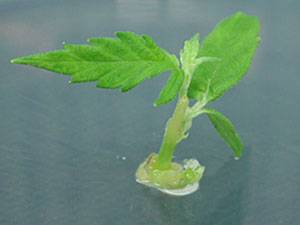
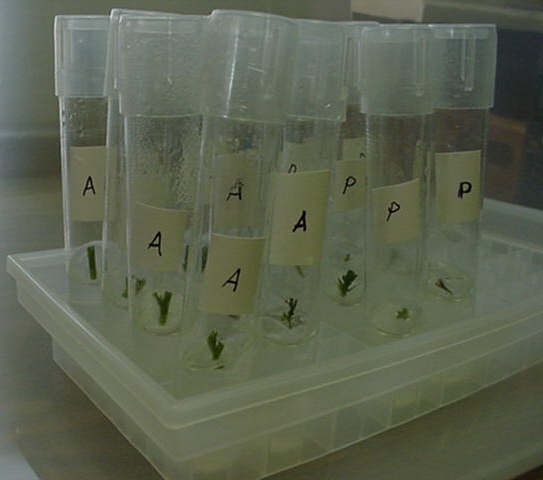
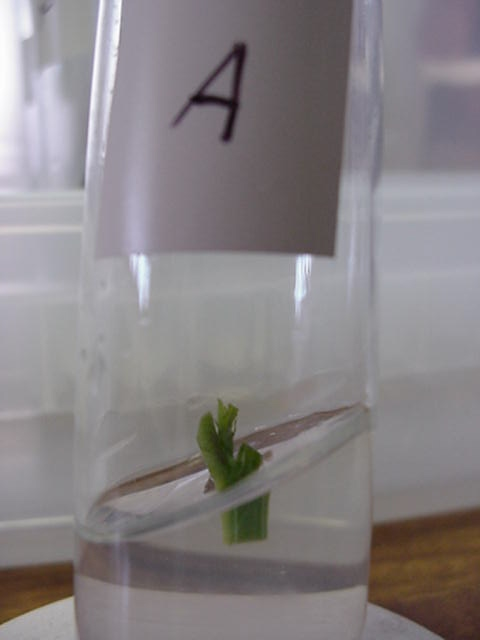
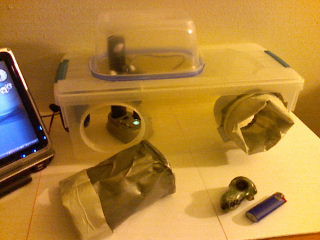
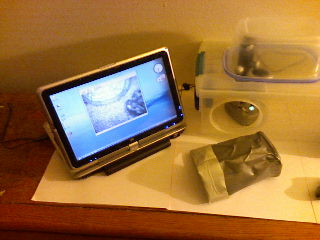
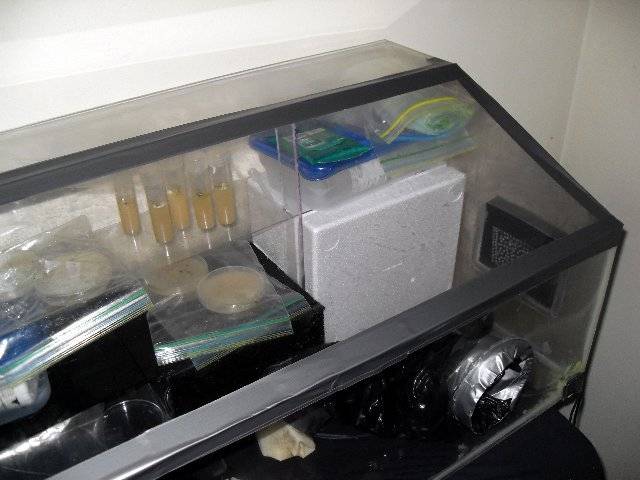
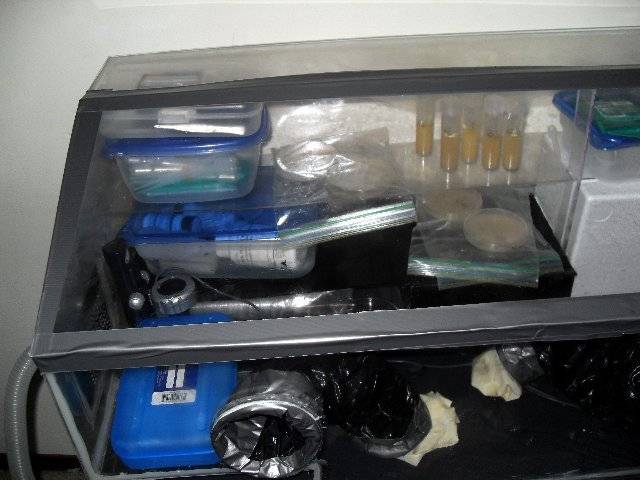
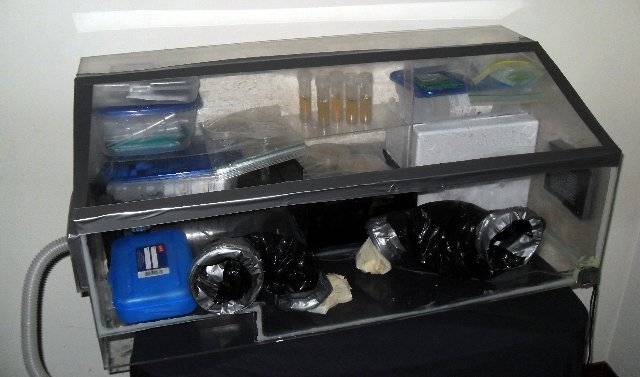
ok, now I have a question, in return. does anybody know if its true that tissue culture methods can restore the vigor to cuttings that are years old? or no? it's ok if nobody knows this, I'm just wondering.
.
Pokračování:http://icmag.com/ic/showthread.php?t=97494&highlight=agar





